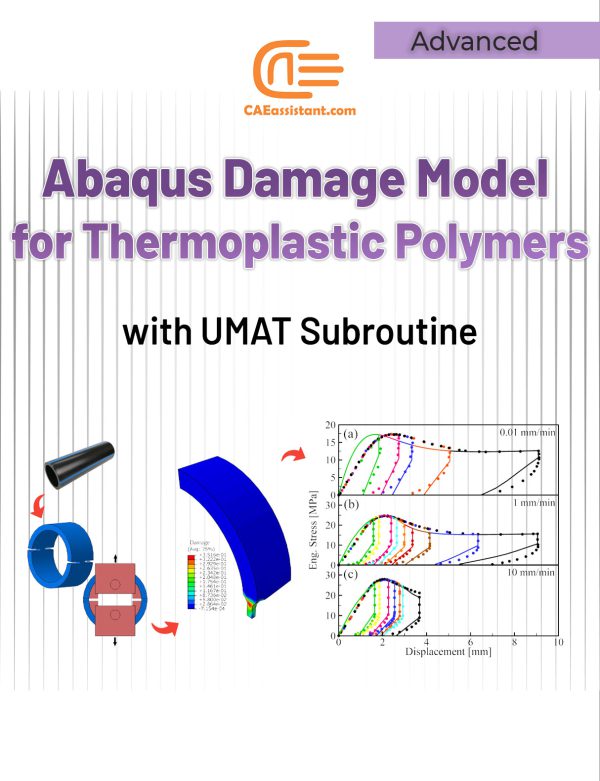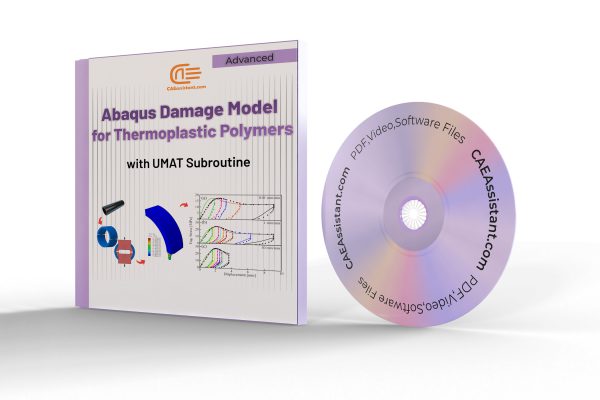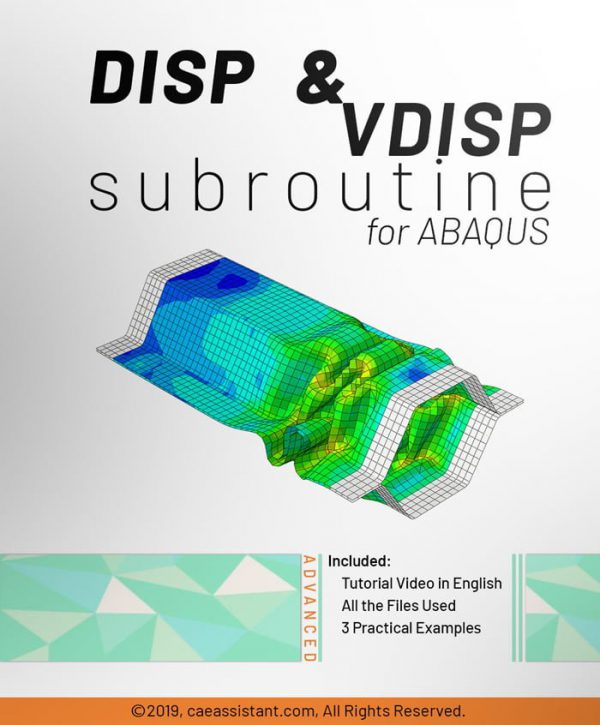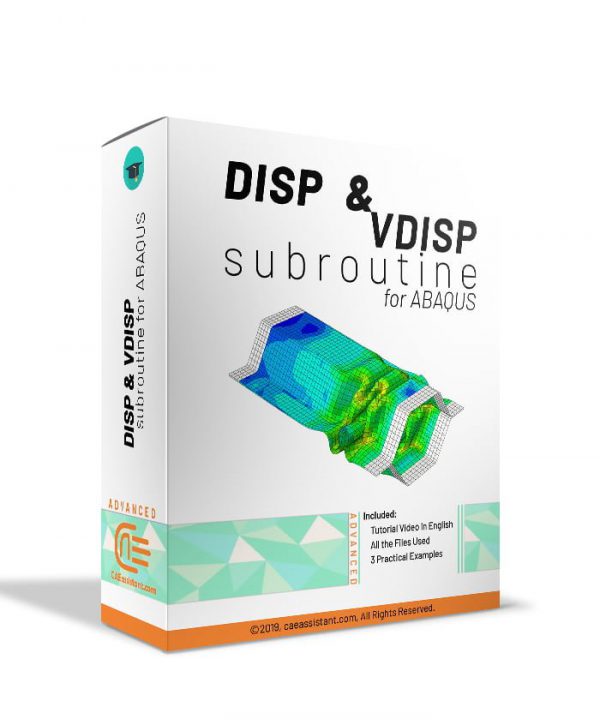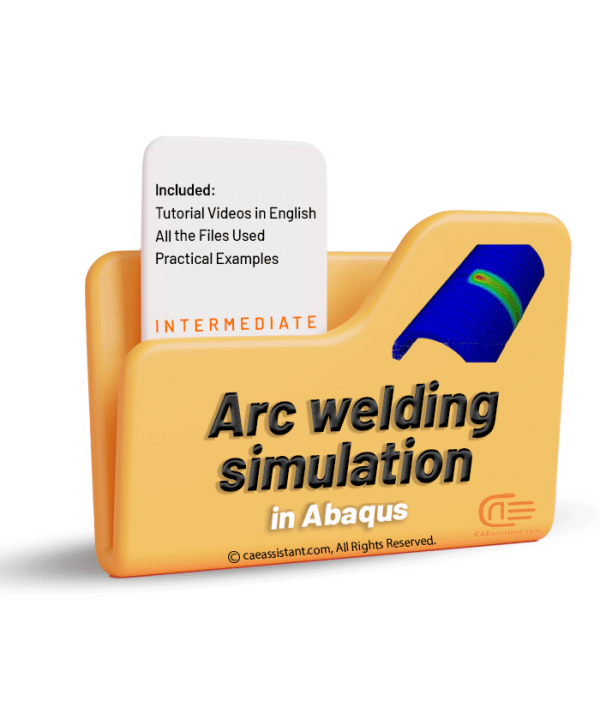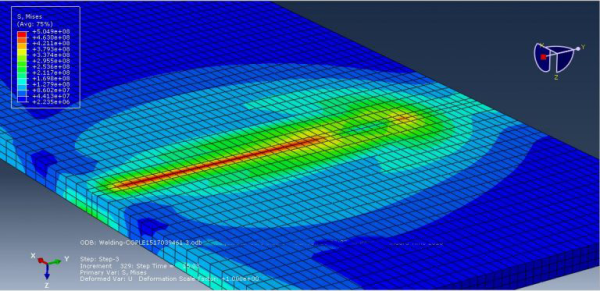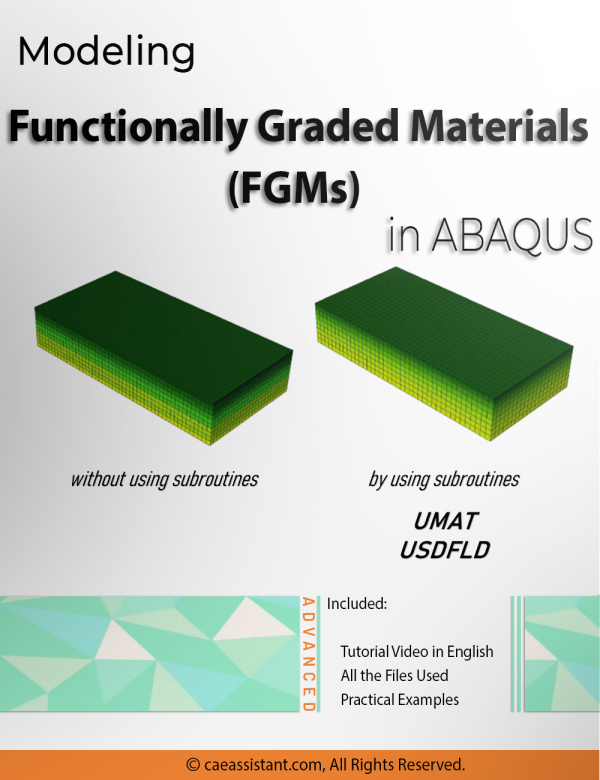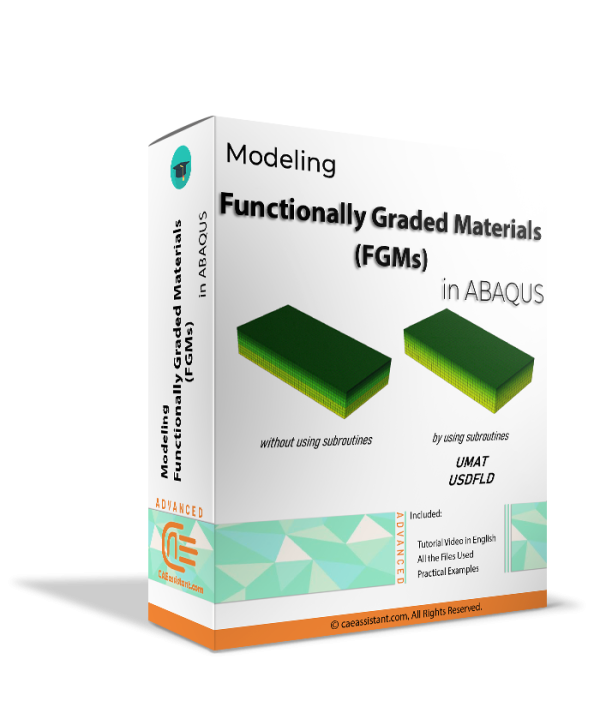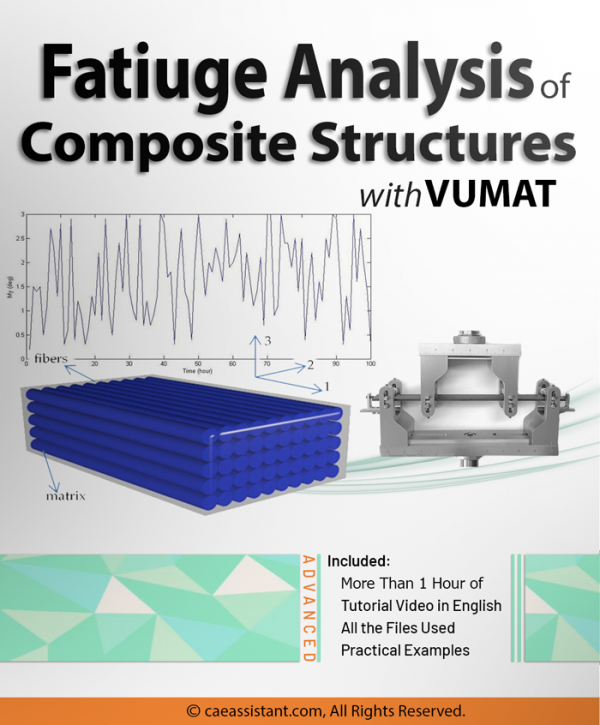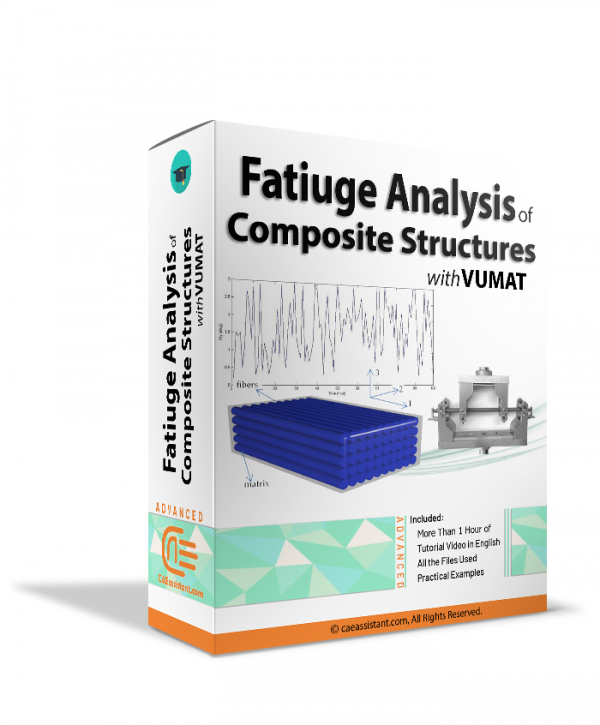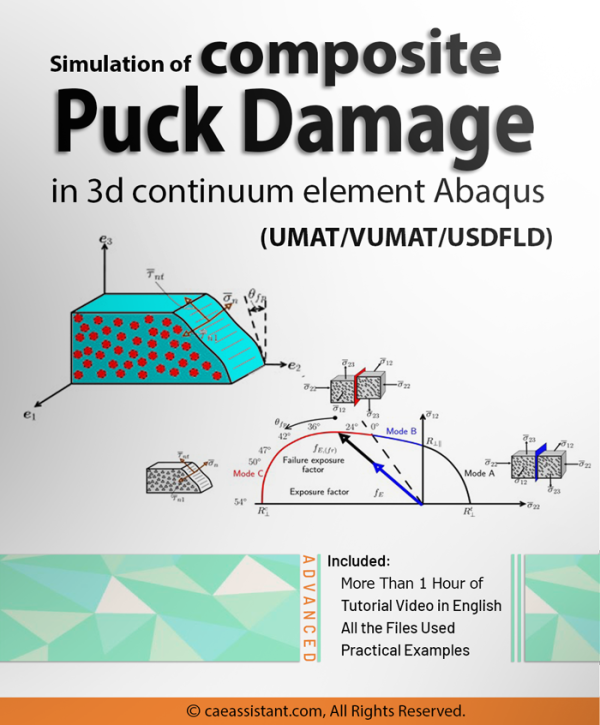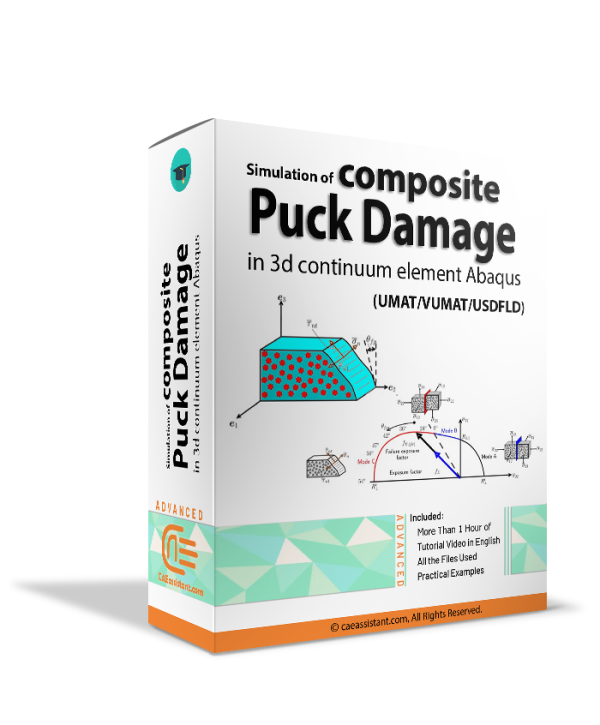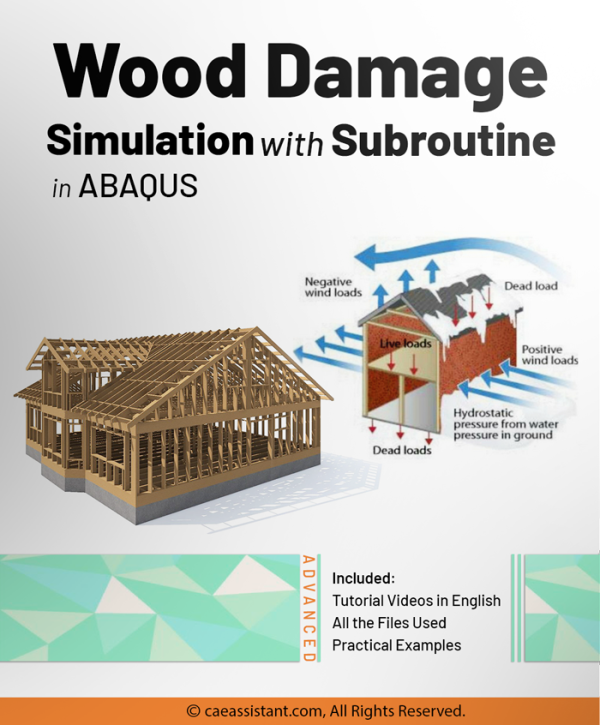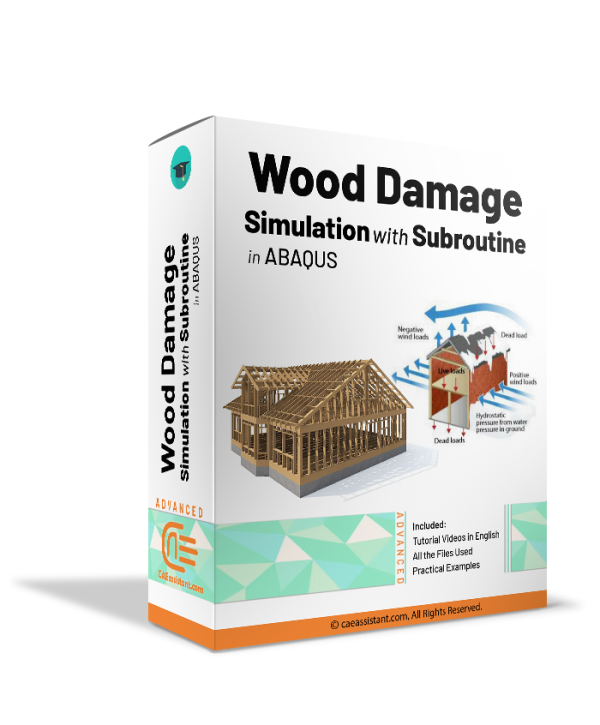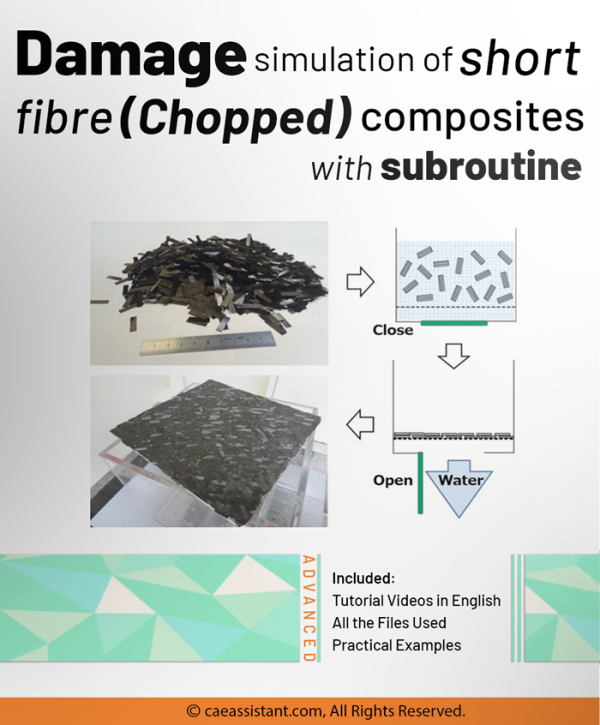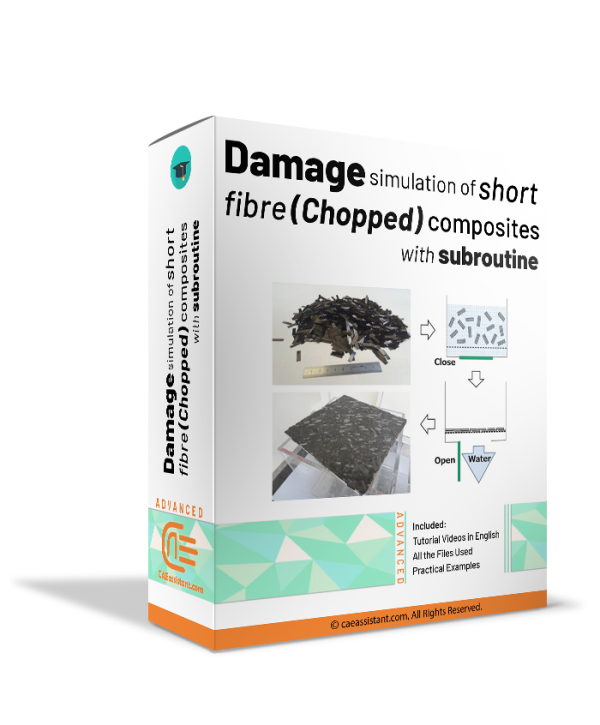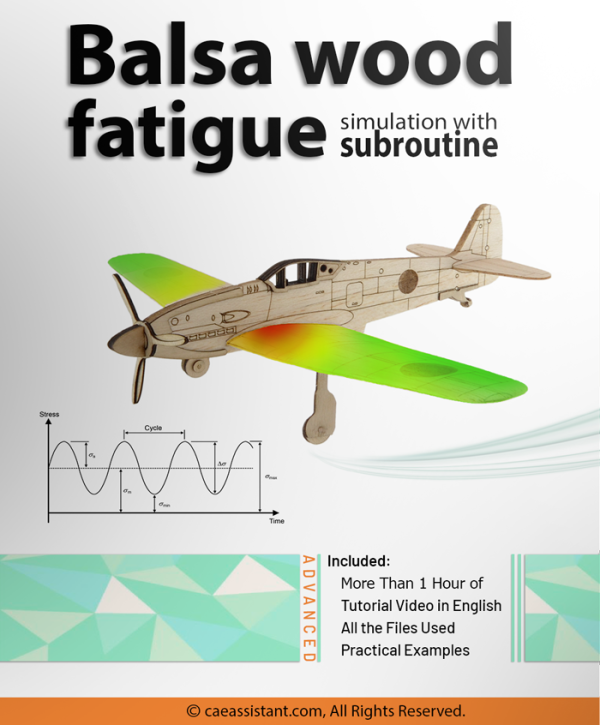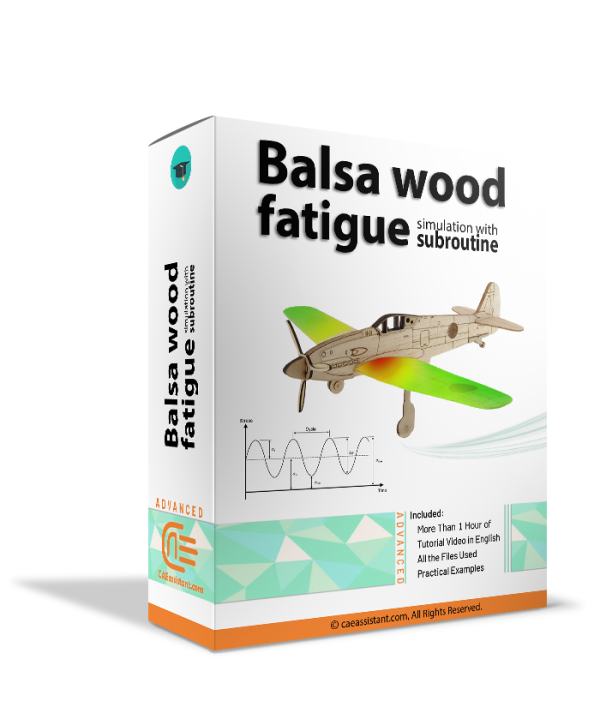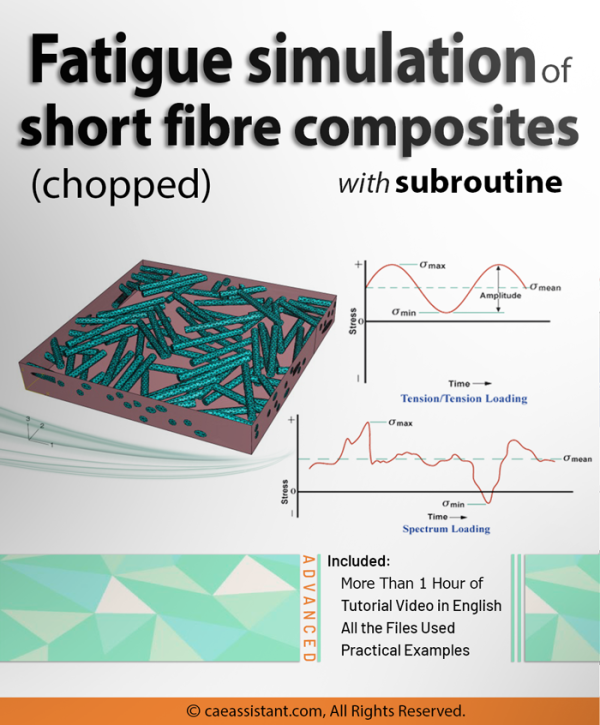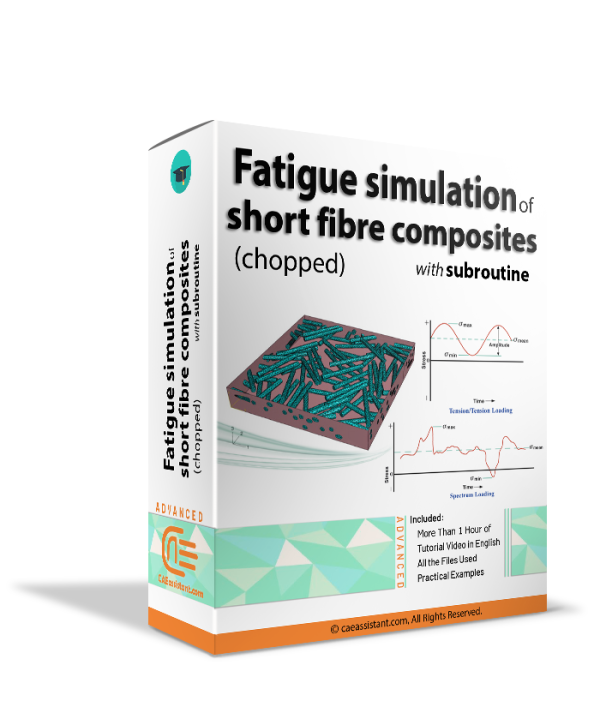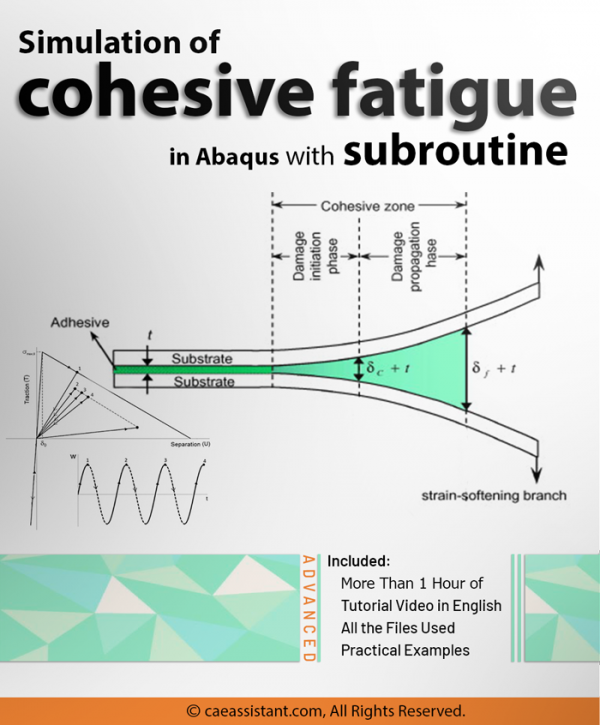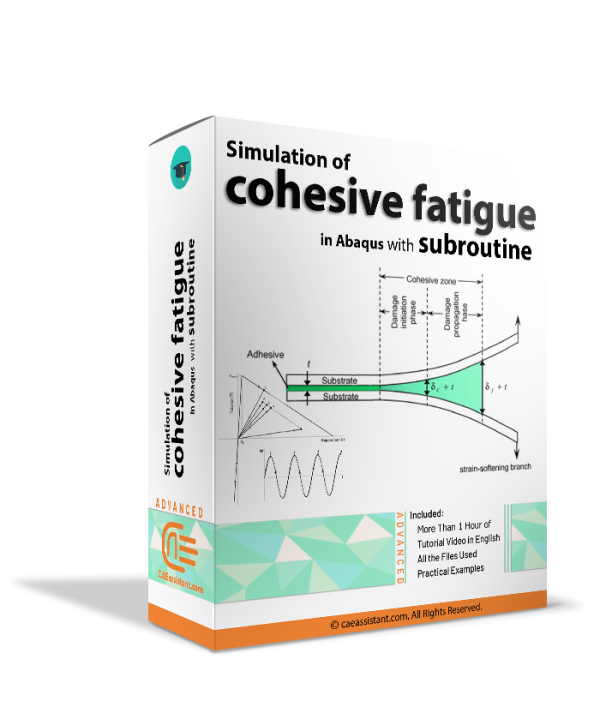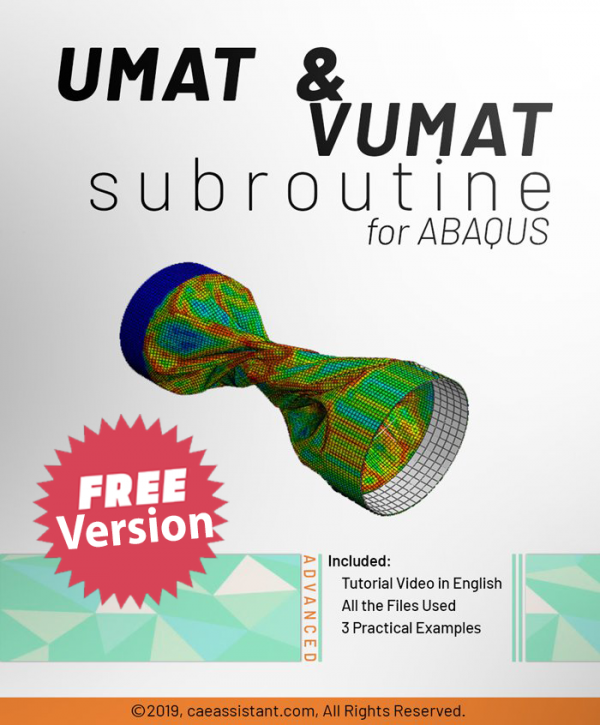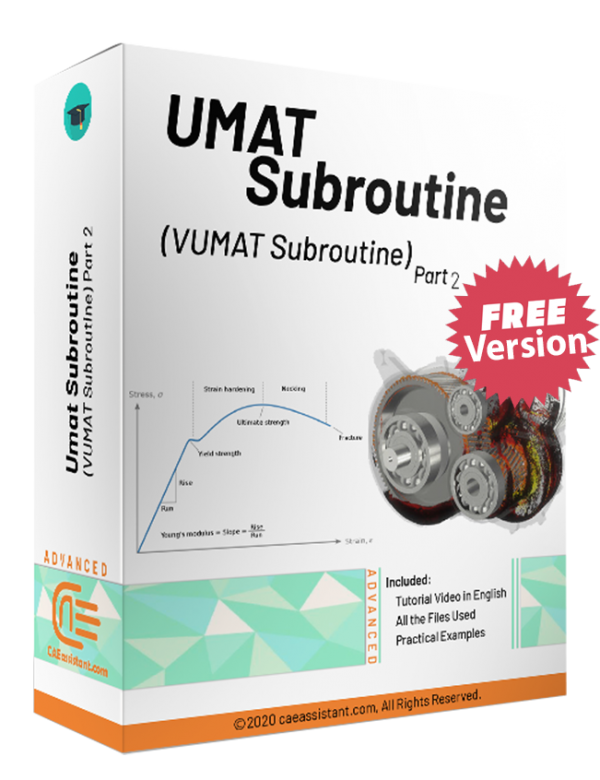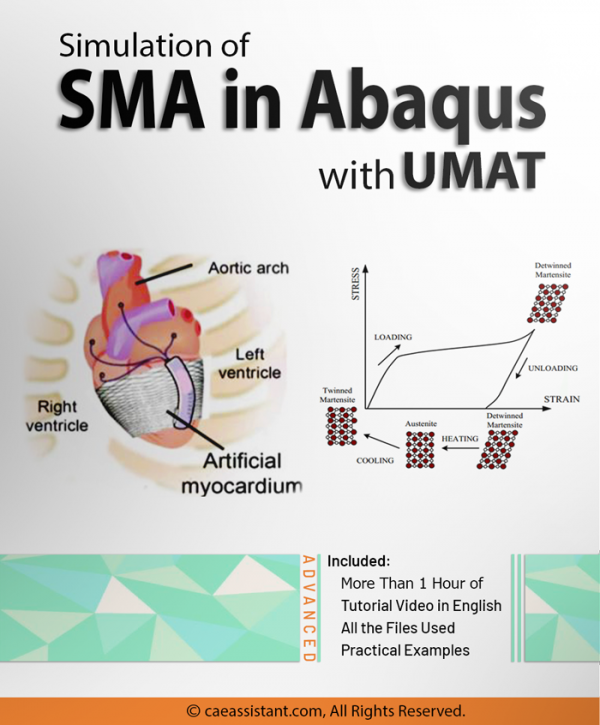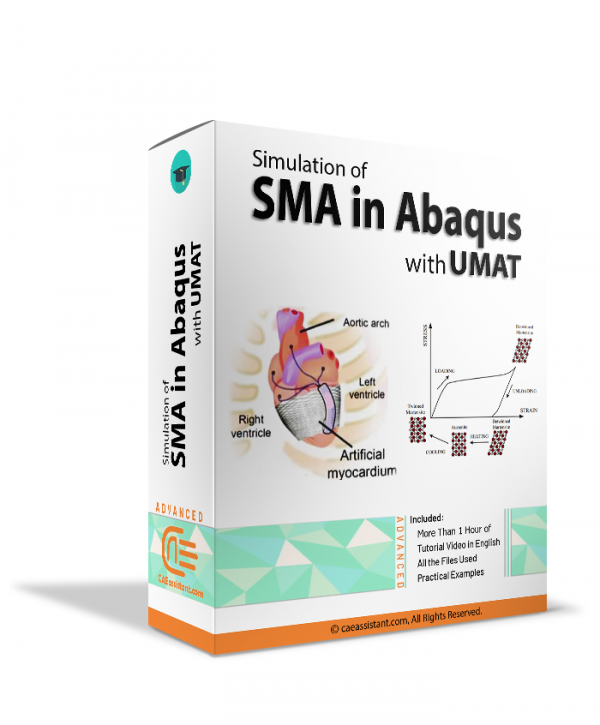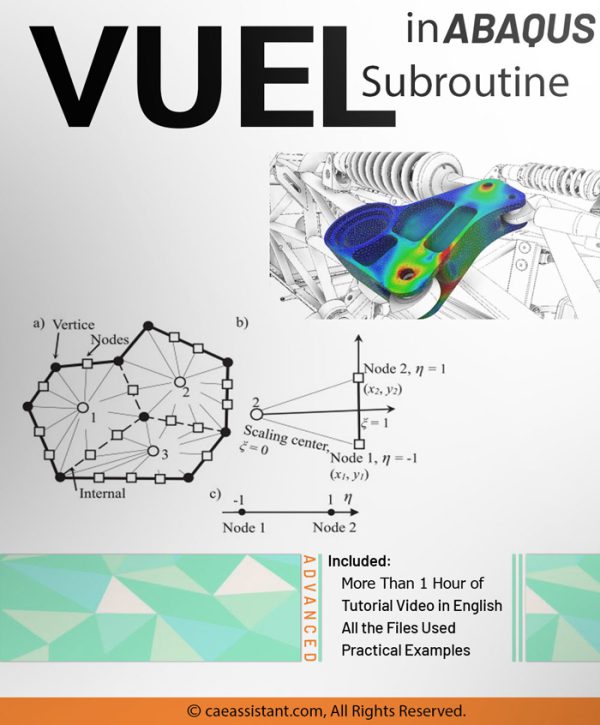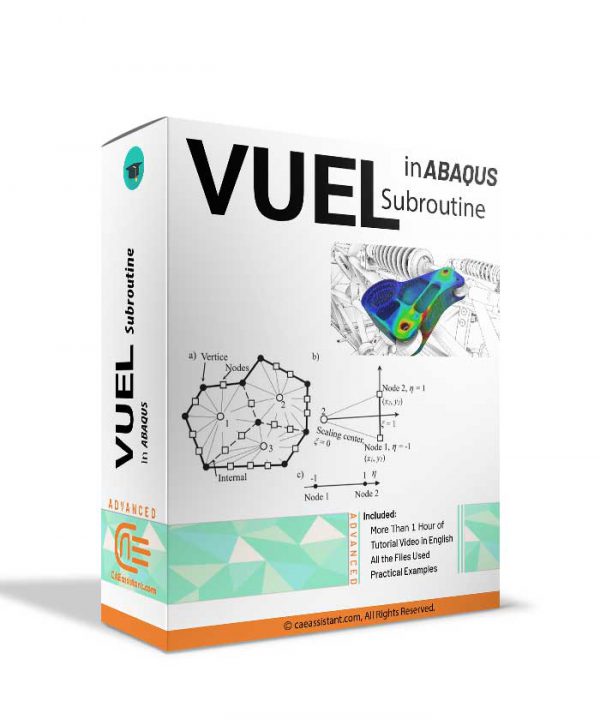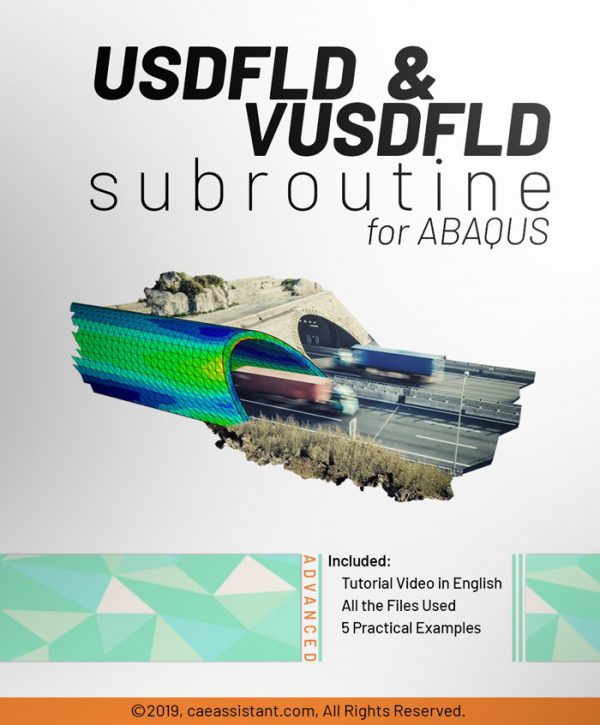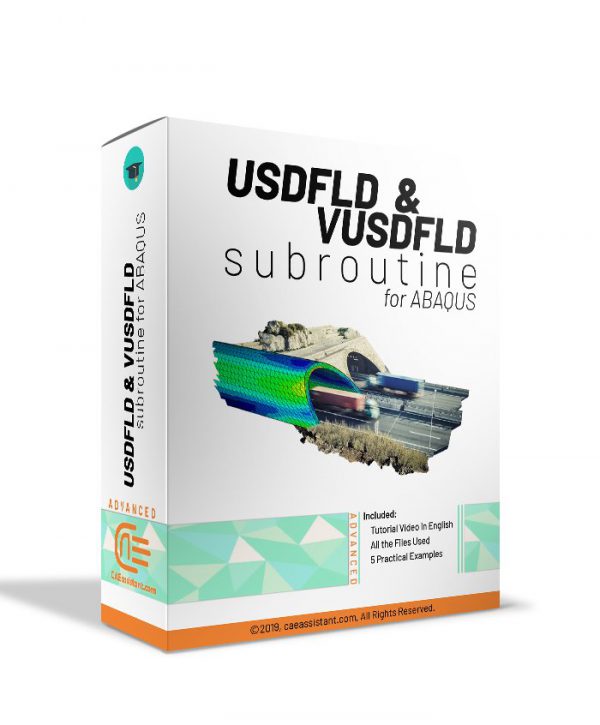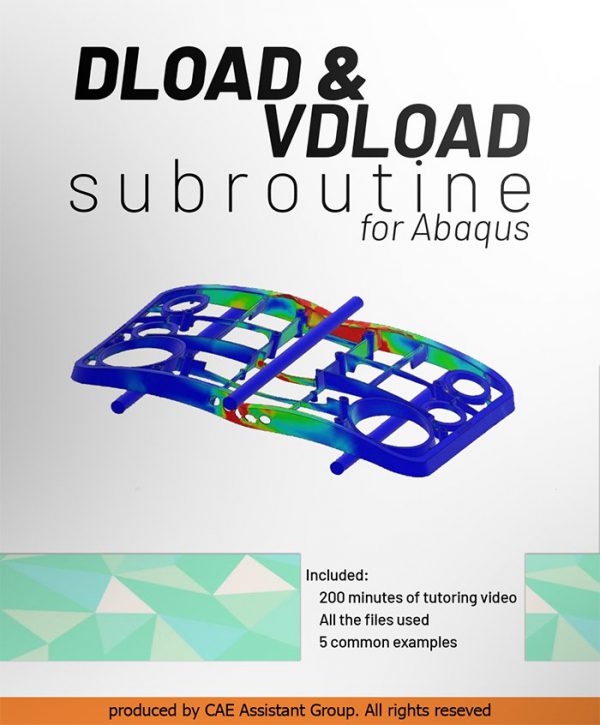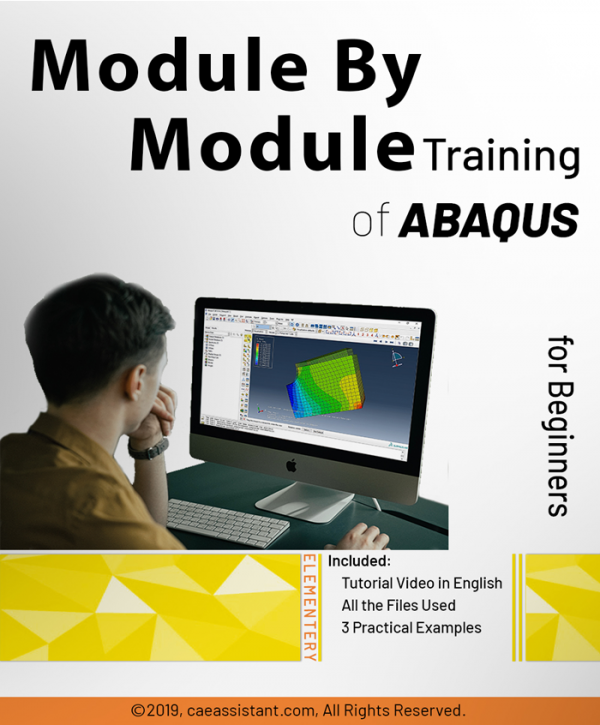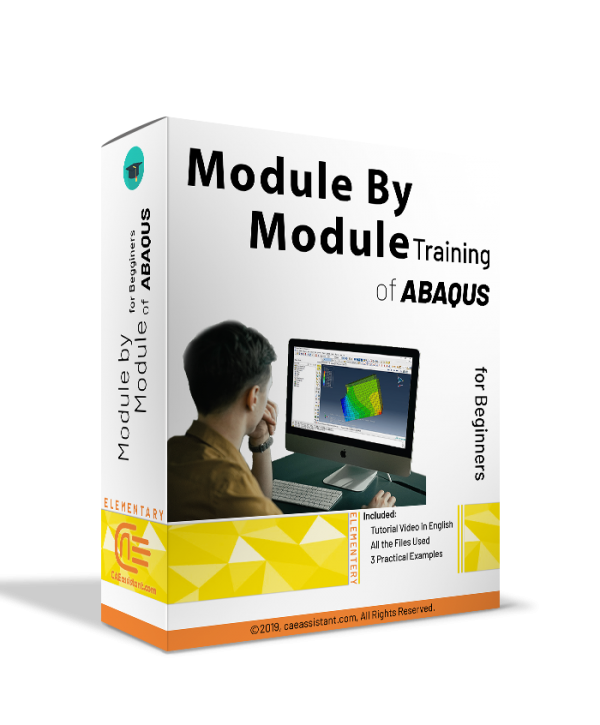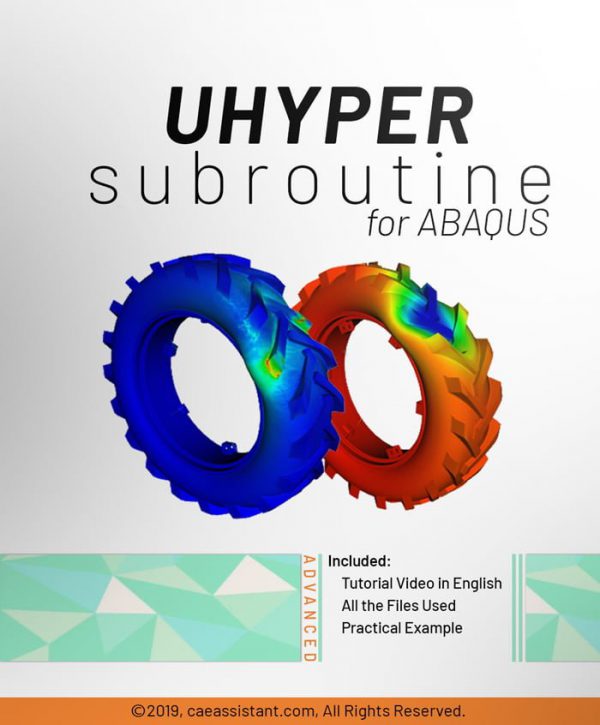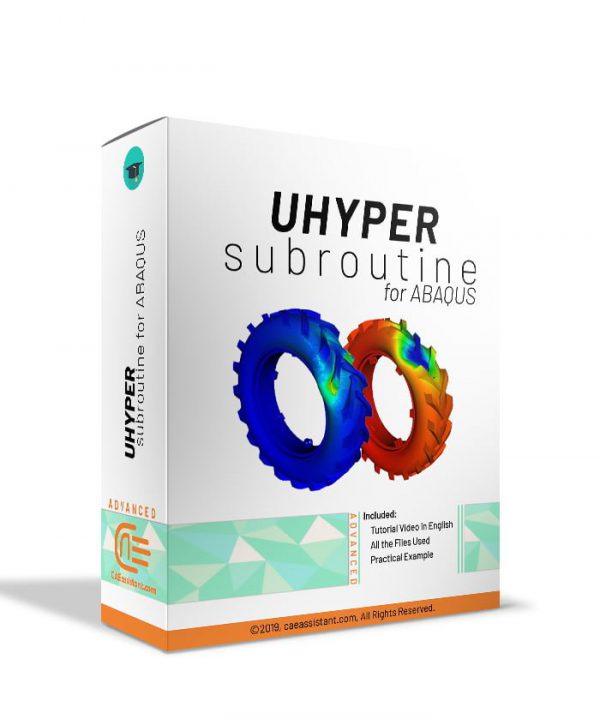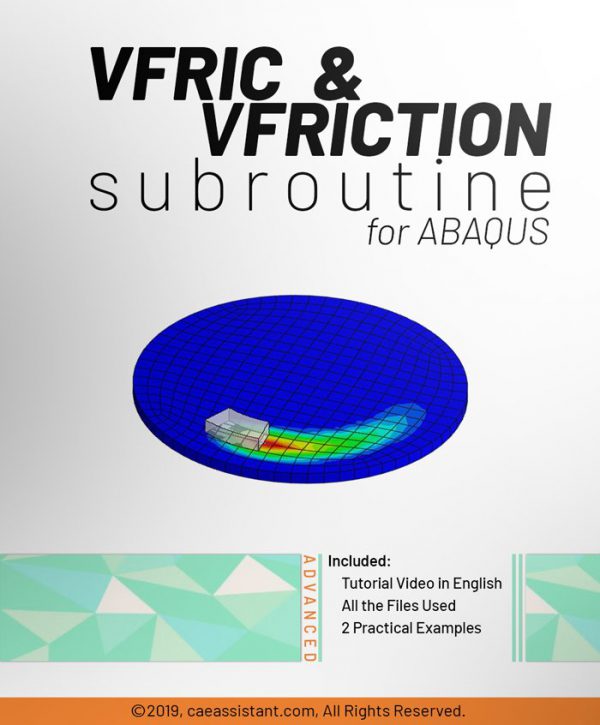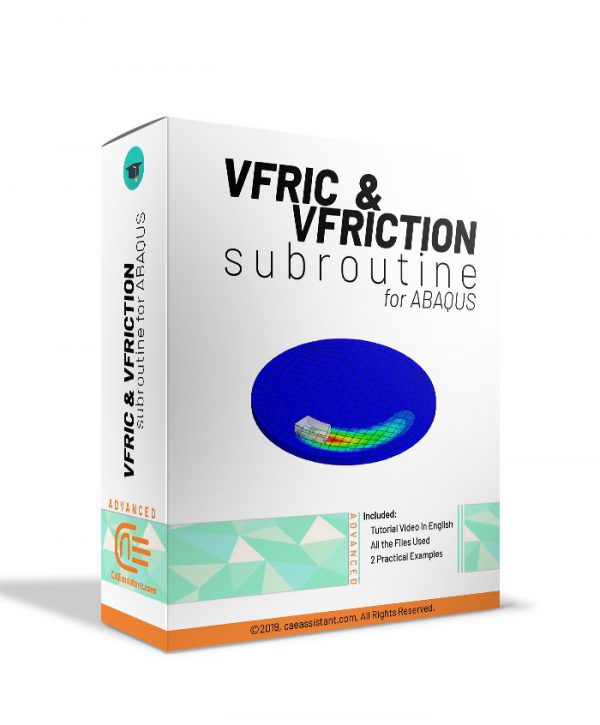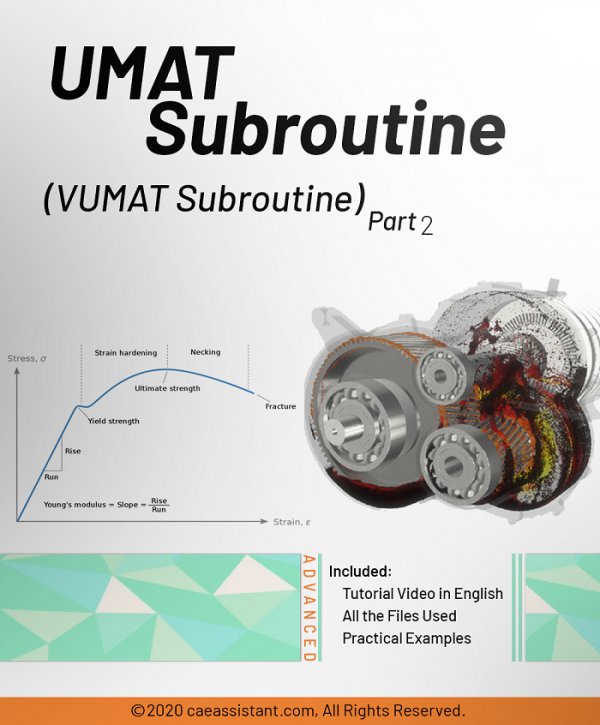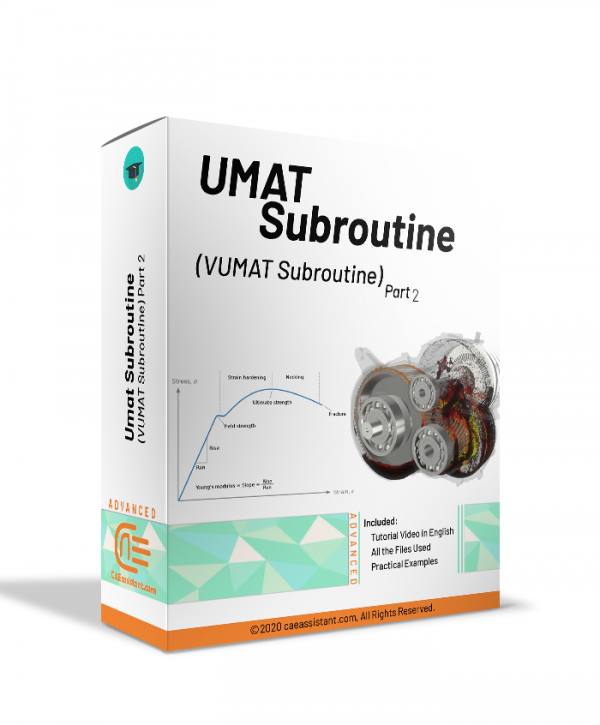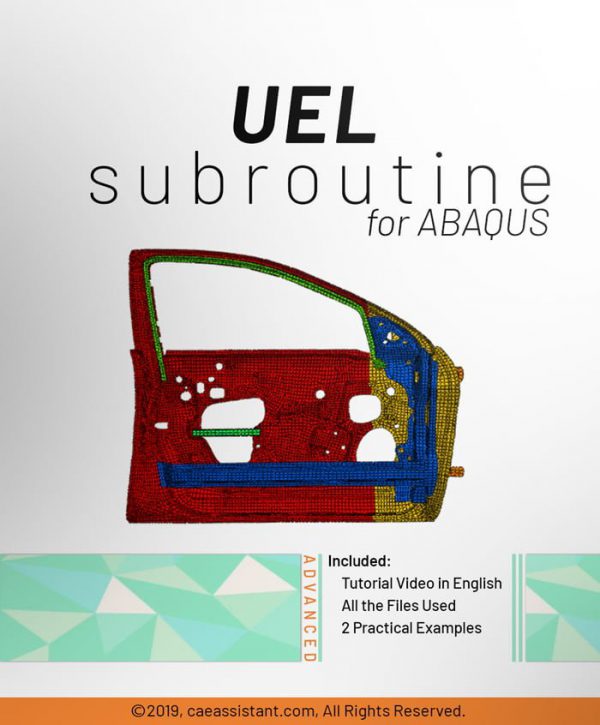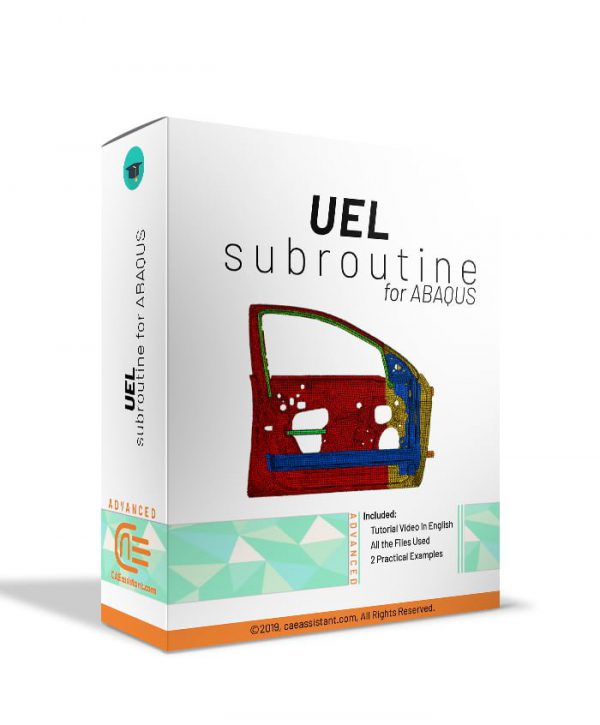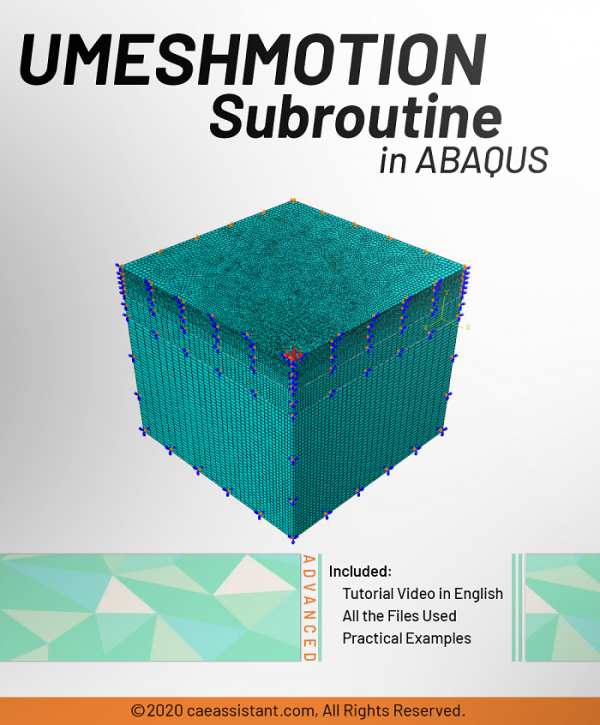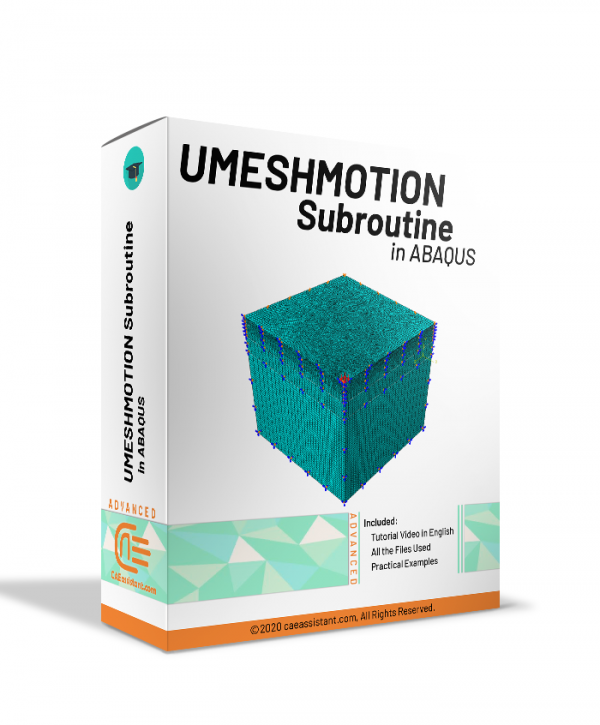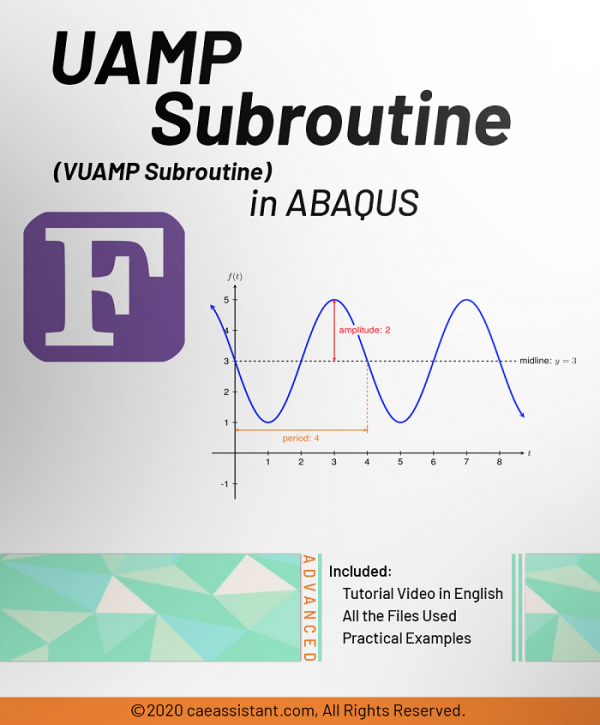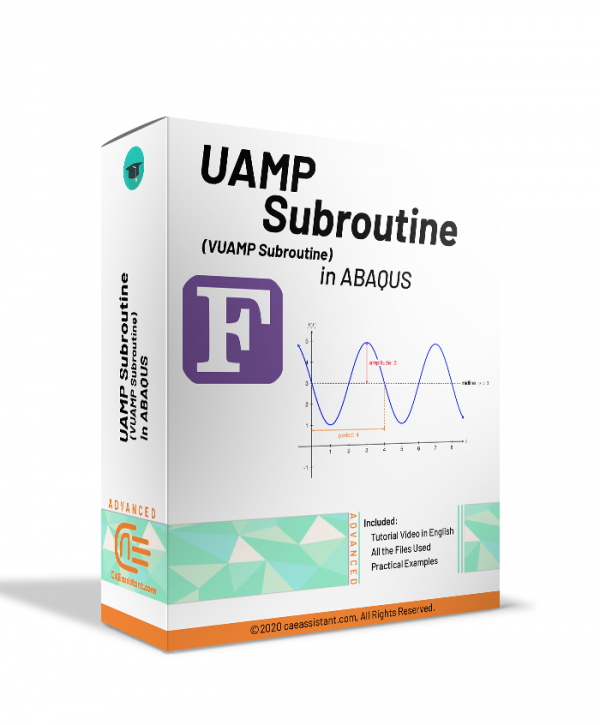Damage Properties of Thermoplastic Polymers with UMAT Subroutine
DISP and VDISP Subroutines in ABAQUS
Arc welding simulation in Abaqus
Modeling Functionally Graded Materials (FGMs) in ABAQUS
Composite Fatigue Simulation with VUMAT Subroutine in ABAQUS
Simulation of composite Puck damage in 3d continuum element in Abaqus (UMAT-USDFLD-VUMAT)
Damage simulation of short fibre composites with subroutine
Balsa wood fatigue simulation with Abaqus subroutine
Fatigue damage simulation of short fibre composites with subroutine
UMAT Subroutine (VUMAT Subroutine) in ABAQUS-Free Version- UMAT Abaqus example
"UMAT Subroutine (VUMAT Subroutine) introduction" is used when the material model is not available in ABAQUS software. If you follow this tutorial package, including standard and explicit solver, you will have the ability to write, debug and verify your subroutine based on customized material to use this in complex structures. These lectures are the introduction to writing advanced UMAT and VUMAT subroutines in hyperelastic Martials, Composites, and Metal, and so on. Watch Demo
"Advanced UMAT Subroutine (VUMAT Subroutine)" training package helps Abaqus users to prepare complex UMAT and VUMAT subroutines. This training package is suitable for those who are familiar with subroutine or want to learn UMAT/VUMAT subroutine Professionally. Equations for computational plasticity based on kinematic stiffness are also discussed. In addition, metal damage has been implemented based on Johnson Cook's model. Watch DemoSimulation of SMA in Abaqus with UMAT
Introduction to VUEL Subroutine in ABAQUS
Introduction to USDFLD and VUSDFLD Subroutine
In this usable tutorial, the material properties can change to an arbitrary dependent variable. One of the most important advantages of this subroutine is simplicity and applicability. Various and high usage examples are unique characteristics of the training package.
This training package includes 5 workshops that help you to fully learn how to use USDFLD and VUSDFLD subroutines in Abaqus software. By means of these subroutines, you will have expertise redefine field variables at a material point by the solution dependence of standard and explicit, respectively.Abaqus DLOAD Subroutine and VDLOAD Subroutine
Module by module Abaqus Training
This tutorial teaches you how to define the strain energy of hyperlastic isotropic materials dependent on the field variable or state variable. This Training package including mandatory and optional parameters, and the results of the Subroutine for verification are compared with the ABAQUS results.
Introduction to VFRICTION and VFRIC Subroutines in ABAQUS
This tutorial help you in cases where the classical Columbian equations are more complex and cannot be implemented by the graphical ABAQUS environment. This package introduces and teaches how to write these two subroutines. This introduction contains explaining different optional and mandatory parameters of VFRICTION and VFRIC subroutines.
Advanced UMAT Subroutine (VUMAT Subroutine) – Abaqus UMAT tutorial
Introduction to UEL Subroutine in ABAQUS
UMESHMOTION subroutine in ABAQUS
UAMP subroutine (VUAMP subroutine) in ABAQUS
